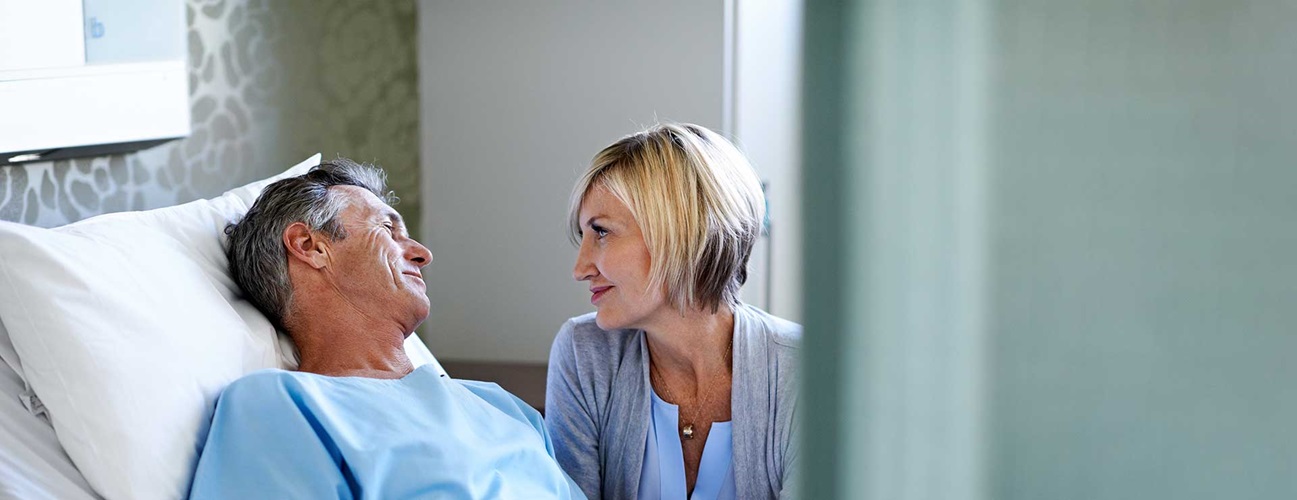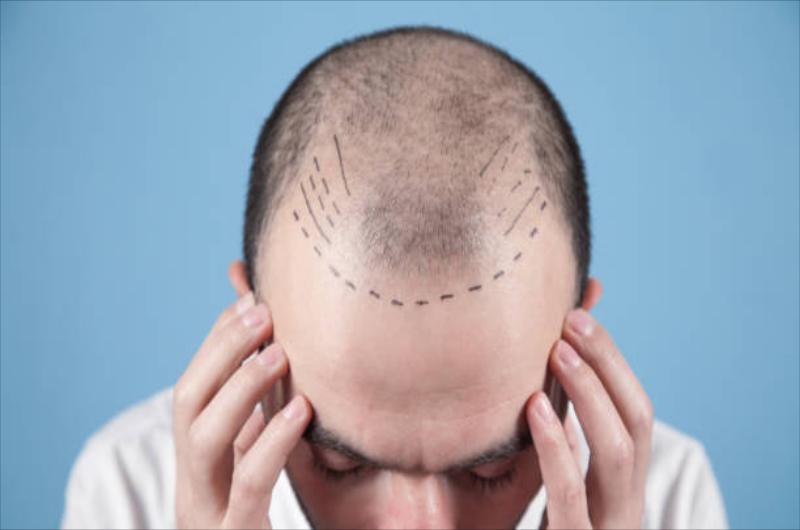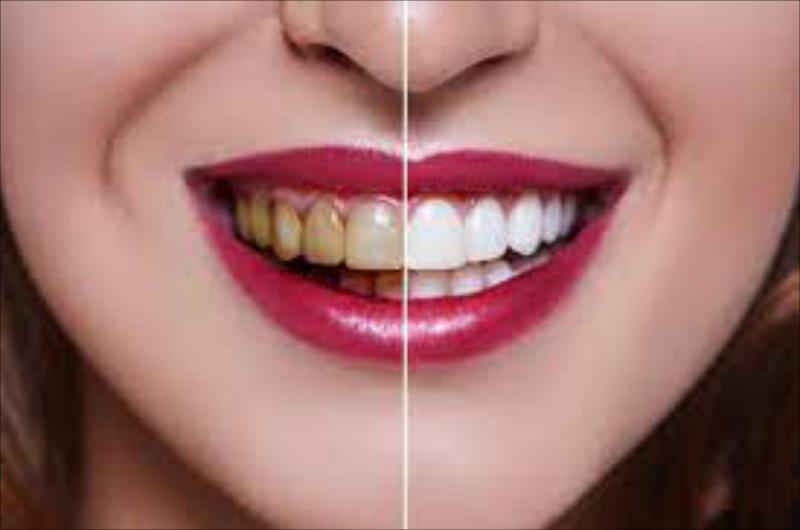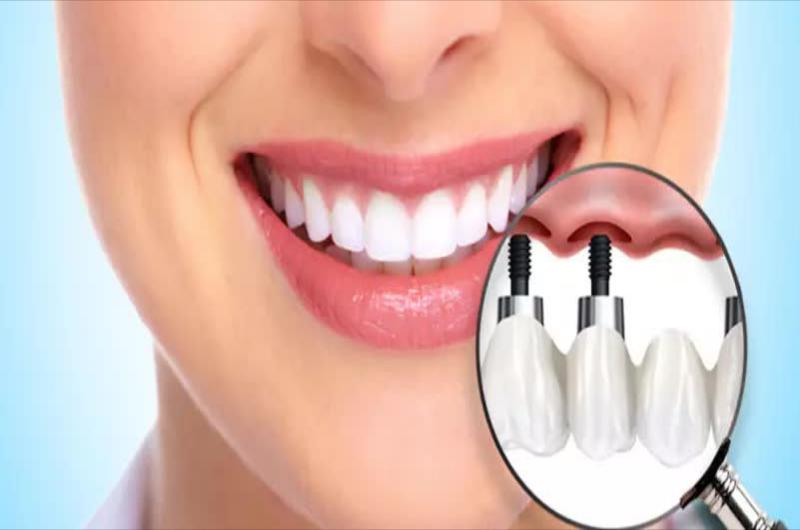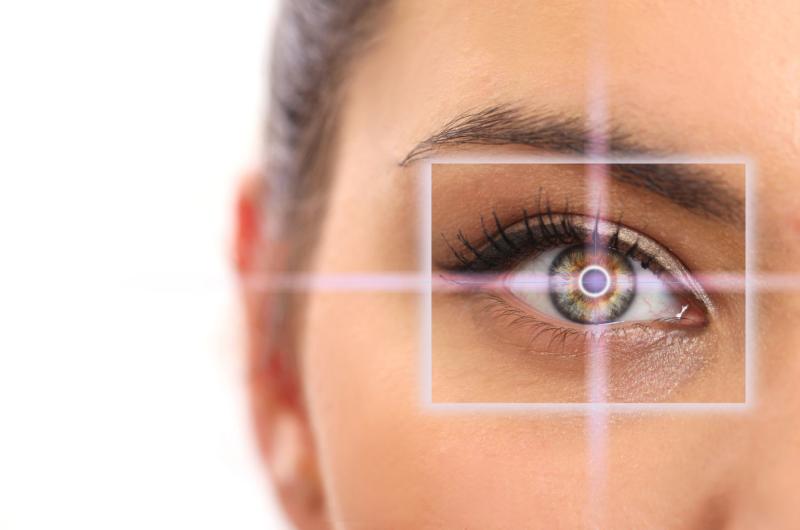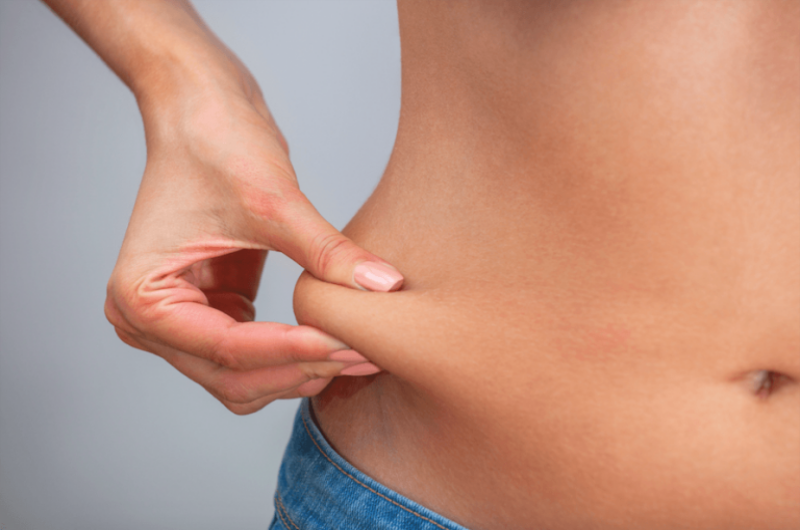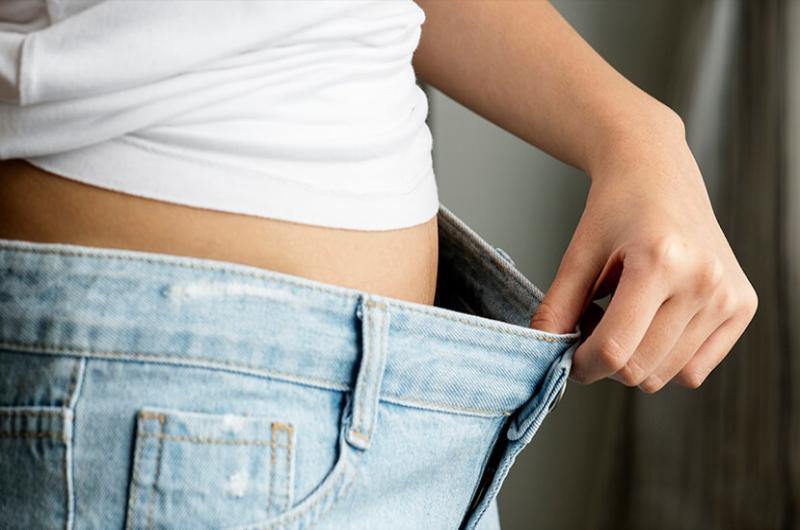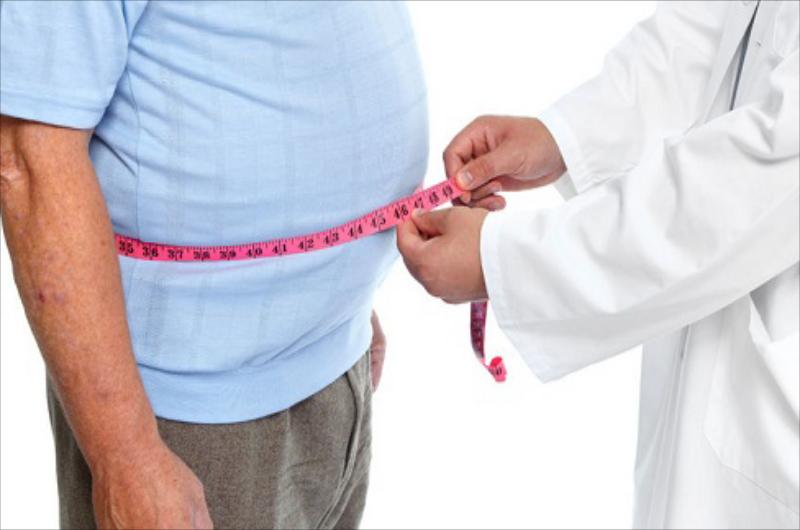About Treatment
What is the prostate gland?
The prostate gland is a partly muscular and partly glandular organ, with ducts extending into the prostatic urethra. The prostate has three lobes and surrounds the bladder neck and urethra. The size of the gland is about the size of walnut.
Although scientists do not know all the functions of the prostate gland, it is known that the prostate plays an important role in the male reproductive system. The main function of the prostate gland is to produce a slightly alkaline fluid, which is part of the semen (sperm). During a male orgasm, the muscle glands of the prostate expel prostate fluid, in addition to sperm that has been produced in the testicles, into the urethra and then outward during ejaculation.
With age, the prostate gland grows in size, giving man certain problems with urination. In addition, some disorders of the prostate gland can occur at any age and include:
Benign prostatic hyperplasia (BPH, prostate adenoma). BPH is the most common prostate problem in men over the age of 60, associated with age-related benign enlargement of the prostate gland. BPH symptoms progress slowly and include: difficulty urinating; frequent urination, especially at night; intermittent or weak flow of urine, etc. Although BPH does not belong to malignant neoplasms, its symptoms are often similar to prostate cancer.
Prostatitis is a disease of the prostate gland of inflammatory or infectious nature, characterized by discomfort, pain, frequent or rare urination, and sometimes fever.
Prostatalgia. The main symptom is pain in the prostate gland, also called prostatodynia. It is often a symptom of prostatitis.
Prostate cancer is a common and serious health problem. According to the researchers, prostate cancer is the most common cancer in men over 50, and the third leading cause of cancer death.
What is TUR?
Transurethral resection of the prostate (TUR) is a minimally invasive operation in which overgrown tissues of the prostate gland blocking free urination are removed. TUR does not require an incision of the skin; the intervention is performed, like cystoscopy through the urethra.
How is TUR carried out?
Before setting the date of the TUR, your doctor will explain to you the essence of the intervention and give you the opportunity to ask any questions.
Tell your doctor if you have nosebleeds, if you are taking anticoagulant medications, aspirin, or any other medications that affect blood clotting. You may need to stop taking these medicines a few days before your surgery.
Transurethral resection of the prostate is performed under general anesthesia or spinal anesthesia. During the operation, anesthesiologist will continuously monitor the heart rate, blood pressure, respiration, and blood oxygen levels.
The operation begins with surgeon checking the urethra and bladder for tumors or stones with an endoscope. This is done by inserting an endoscope into the urethra and then into the bladder.
Next, surgeon - urologist, under visual control, passes a medical instrument called a resectoscope through the urethra to the prostate gland. Resectoscope is a thin tube about 12 cm long, equipped with a light source, a video camera, valves for supplying irrigation fluid and a "loop" through which, prostate tissue is removed and blood vessels coagulated.
After assessing the condition of the prostate tissue, urologist begins to excise "layer by layer" of prostate tissue. Resection and coagulation of bleeding vessels is performed using a metal loop, which is supplied with an alternating current of high frequency and power. The removed pieces are washed out with a liquid that is fed into the resectoscope. At the conclusion of the operation, urinary catheter is inserted into the bladder.
The urinary catheter usually remains in the bladder for one to three days. This is necessary to allow urine to drain and possibly flush out potential blood clots from the bladder. You will most likely see blood in your urine after surgery, which is normal after surgery. The bleeding will gradually decrease and the catheter will then be removed.
After the operation, if necessary, patient is taken to recovery room. After blood pressure, pulse, and breathing is stabilized and sedatives are completely metabolized in the body, patient will be transferred to a regular room. Patient can get pain relievers as needed.
-
Complications
Blood in urine after
Painful or difficult urination
Infectious complications
Retrograde ejaculation
Bleeding -
Hospital Stay
3-4 days
-
Full Recovery Period
2 months
Urgent and frequent urination.
Slow and prolonged urination.
Difficulty starting to urinate.
Feeling of not completely empty bladder.
Urinary tract infections.
Intermittent urination.
Nocturia is frequent urination at night.
Open access without incisions.
Surgery is easily tolerated by patients.
Fast postoperative recovery.
Exacerbation of inflammatory diseases of the genitourinary system - epididymitis, urethritis, prostatitis, etc.
Blood clotting disorder.
Incomplete course of antiplatelet agents and anticoagulants that cannot be canceled.
Presence of pacemaker.
Presence of conductive implants.
Prostate size over 150 ml.
Patient undergoes a standard preoperative examination: takes urine and blood tests, makes fluorography, ECG, ultrasound of the pelvic organs. With the results, patient needs to visit therapist and anesthesiologist.
For 1-1.5 weeks, patient needs to stop taking blood thinners.
In the evening before the operation, patient needs cleansing enema, and to remove hair.
Last light meal the night before.
Do not eat or drink on the day of surgery. Patient can only take medications prescribed by doctor.
If all is well, then patient is discharged from hospital 3-4 days after the operation. After a week, the patient can return to work. Almost immediately after surgery, the flow of urine increases. After the catheter is removed, there is often slight pain and discomfort during urination. All this goes away in about a week. Full recover takes two months.
During the rehabilitation period, do not drive a car or heavy equipment.
Avoid sudden movements, try not to strain the muscles of the lower abdomen, even during bowel movements.
Increase the amount of fluid intake to stimulate the muscles of the bladder. The recommended daily volume is 2 liters of water.
Prevent constipation, eat more vegetables and fruits. If constipation does occur, take a laxative.
Strengthen the pelvic floor muscles.
Do not resume intimate life until doctor's permission.

